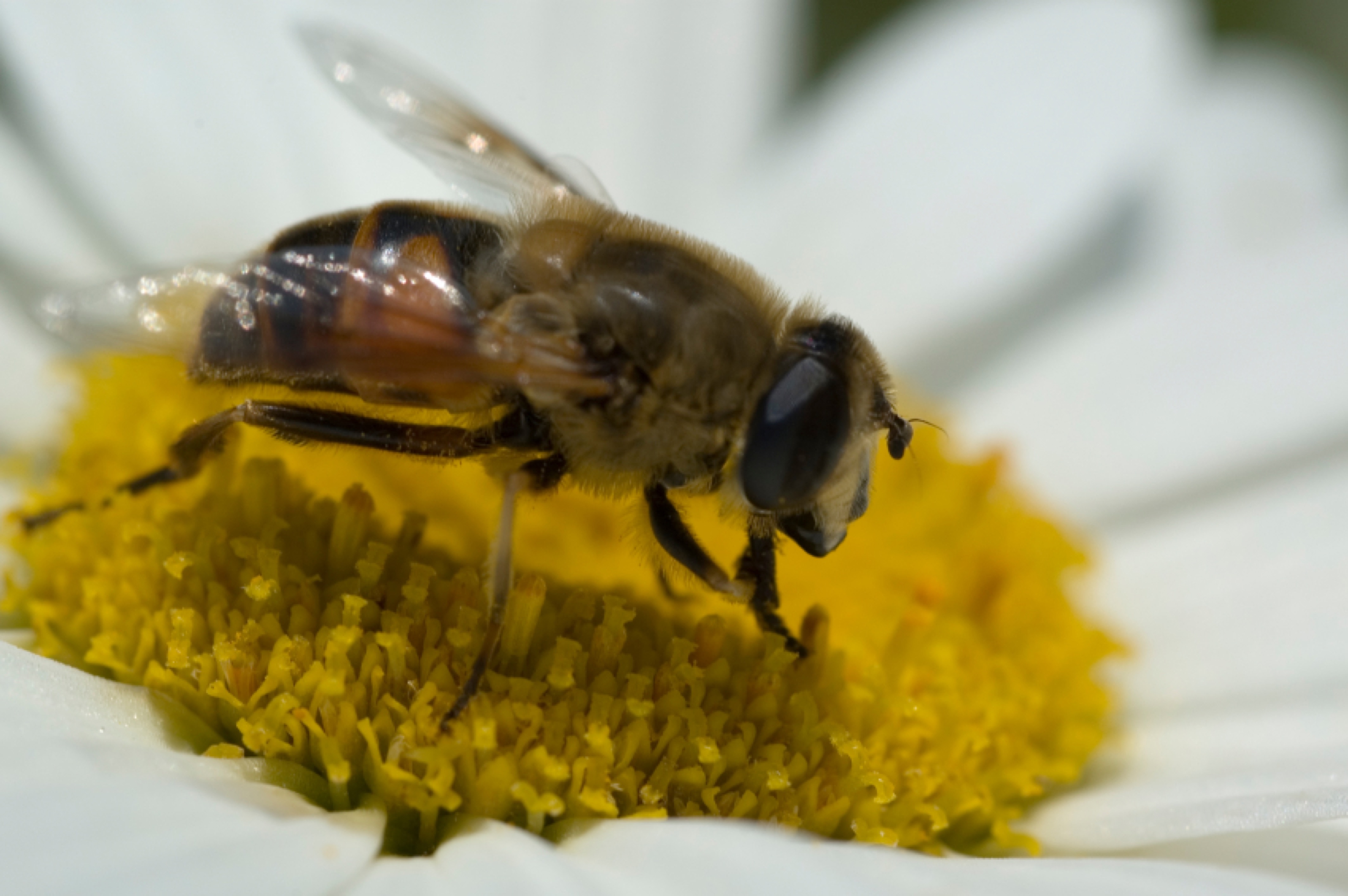Warmer Weather Can Mean Insect Bites & Stings
We all love the warmer weather but with this and our enjoyment of the great outdoors, we may well suffer from insect bites or stings.
What can you do to relieve any discomfort from insect bites and stings?
1. Quickly remove any stingers or other insect parts attached to the skin (for example from bees, yellow jackets or wasps), remembering that many insect stingers continue to pump venom even after they are removed from the bee. Be careful not to squeeze the stingers because it is the venom that causes swelling and pain. The edge of a credit card works well to remove any stinger by gently scraping it. In rare cases, such a sting can trigger a life-threatening allergic reaction. Should you see symptoms of this such as shortage of breath, dizziness, high fever and anything else other than pain, please seek medical help.
2. Clean the area thoroughly under cool, running water before blotting the area dry with a clean paper towel. Do not scrub or otherwise agitate the bite site.
3. If you want to go the natural route, bathe the area with vinegar, a lemon solution or a paste of baking soda. The traditional route can include applying a topical antihistamine to the area, calamine lotion or taking an aspirin with warm water.
4. Wrap a few ice cubes in a clean kitchen towel. Apply the cold compress gently to the affected area. See our recipe below for a wonderful homemade ice pack.
5. Take an over-the-counter oral antihistamine if the itching is severe. This is one of those occasions when pharmaceutical is the way to go.
6. The dreaded fire ants in the US or safari ants in Africa! The fire ant got its name from the bite that literally burns like fire caused by the alkaloid compound in its venom, leading to redness, swelling, itchy pus-filled blisters and pain. Massage the bitten area with soap and warm water and apply one of these to help soothe the pain and swelling:
- Worcestershire sauce
- Meat tenderizer
- A thick paste of salt
- Hydrogen peroxide solution (apply using cotton balls)
- Vinegar (such as organic apple cider vinegar)
- Aloe gel
- Arnica Gel
- Ice cubes or
- The freshly cut side of an onion
7. You might think caterpillars are pretty harmless, apart from chomping on your favorite plants in the garden, but stings can be caused by the caterpillar's hair when it comes in contact with the skin, causing redness, extreme itching and swelling in several places. Remove the injected hair of the caterpillar by brushing the stung area with your own hair or the edges of a blade. Help to stop the itching and swelling by applying a paste of baking soda or an ice pack.
8. Mosquitoes are a world wide annoying insect and the cause of malaria and other diseases in Africa. The localized bite usually causes pink or red itchy bumps but, in rare cases, a bite from this parasite causes swelling in the throat, wheezing or hives. A cold green tea bag, aloe vera gel or honey applied to the bite can help with treatment.
9. In and out of the news is the bed bug. While their bite is not dangerous, symptoms include red, swollen and itchy bumps that are small, flat or raised. Whatever you do, try not to scratch as this just makes the bite worse and even to become infected. Wash the affected area with warm water and soap.
10. Although spider bites are not common and usually harmless, you do need to be wary of the black widow and the brown recluse spider. The former only becomes noticeable and extremely painful some thirty minutes afterwards. The black widow's venom contains a protein that affects the nervous system of the victim. You can recognize the bite by two faint red spots on the bitten area. The pain may be followed by muscle cramps, weakness and shaking. More severe symptoms include chest pains, breathing problems, feeling faint, vomiting, high blood pressure or rapid heart rate. The pain from a brown recluse spider bite can also be delayed with redness, blistering, pain and even severe itching. If the bite goes untreated, then after about a week ulcers may occur in the injured site. Severe symptoms may include fever, skin rash, nausea and painful joints. Don't try to treat either type of bite yourself but seek medical attention immediately.
The home made recipe for an easy ice pack as promised
- Mix together 1 part rubbing alcohol with three parts water and pop into a zip lock bag before freezing. The great advantage to this is that your ice pack gets really cold but never hardens so you can easily manipulate it around the affected area.
- While some insect bites or stings can be mild, always be aware that others could result in severe reactions. But don't let that slight risk stop you from enjoying all the health benefits of being outdoors and the sunlight and green exercise that comes with it.
Lavender Essential Oil
Most people have heard of Lavender Essential oil and its wonderful benefits. No house should be without this essential oil.
This is one of the most used essential oils. It is great for putting on insect bites and stings for quick relief!
Sources
Davis RH, et al. (1994). Anti-inflammatory and wound healing activity of a growth substance in Aloe vera [Abstract]. DOI:
doi.org/10.7547/87507315-84-2-77
Diseases transmitted by mosquitoes. (n.d.).
npic.orst.edu/pest/mosquito/diseases.html. (Accessed, 5 November 2021).
Jain R, et al. (2008). Basil oil is a promising skin penetration enhancer for transdermal delivery of labetolol hydrochloride [Abstract]. DOI:
doi.org/10.1080/03639040701657958
Johnson CS, et al. (2006). Vinegar: Medicinal uses and antiglycemic effects.
ncbi.nlm.nih.gov/pmc/articles/PMC1785201/. (Accessed, 5 November 2021).




